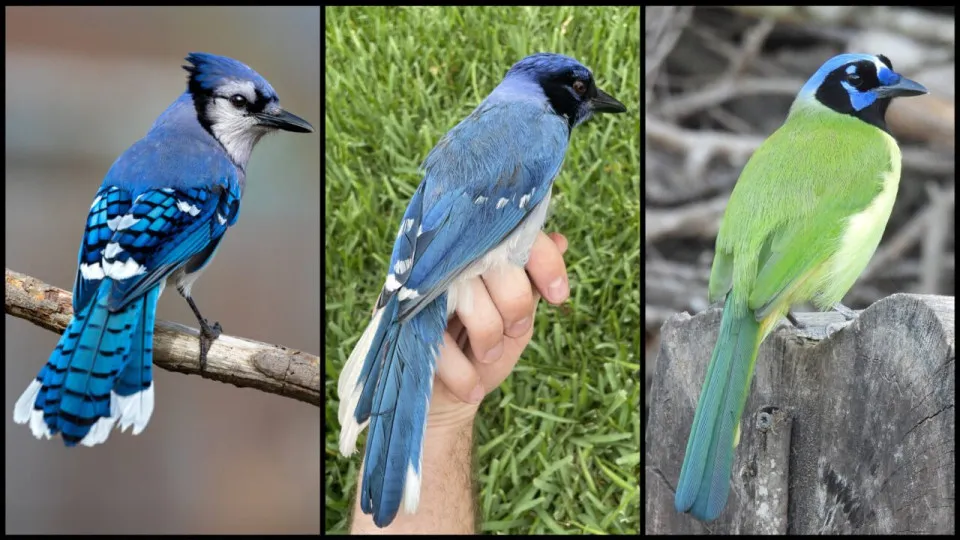
Scientists have discovered a bird that is the natural result of mating between a green jay, native to a tropical climate, and a blue jay, from a temperate climate, announced on Friday by the news agency.
The two parent species are separated by 7 million years of evolution, and their ranges did not overlap until just a few decades ago.
“We believe this is the first observed vertebrate hybridization resulting from the range expansion of two species due, at least in part, to climate change,” said Brian Stokes, a graduate student in ecology, evolution, and behavior at the University of Texas and the study’s lead author, in a statement.
Stokes noted that past vertebrate hybrids were due to human activity, such as the introduction of invasive species or the recent range expansion of one species towards another (like polar bears and grizzlies).
However, this case seems to have occurred when changes in climate patterns propelled the expansion of both parent species.
In the 1950s, the range of green jays, a tropical bird found in Central America, extended only from Mexico to southern Texas, while the range of blue jays, a temperate bird found throughout the eastern United States, only reached as far west as Houston.
They rarely came into contact. But, since then, as green jays moved northward and blue jays moved westward, their ranges have converged near San Antonio.
As a doctoral student studying green jays in Texas, Stokes regularly monitored various social media platforms where birdwatchers shared photos of their sightings.
This was one of several methods he used to locate birds for capture, collect blood samples for genetic analysis, and then release them unharmed into the wild.
One day, he saw a grainy picture of a strangely colored blue bird with a black mask and white chest, posted by a woman in a suburb northeast of San Antonio.
It looked vaguely like a blue jay but was obviously different. The backyard birdwatcher invited Stokes to visit and see it in person.
“On the first day, we tried to catch it, but it didn’t cooperate much. But on the second day, we got lucky,” recounted Stokes.
The scientist swiftly collected a blood sample from the strange bird, banded its leg for easier future relocation, and then released it.
Interestingly, the bird disappeared for a few years and returned to the woman’s yard in June 2025. It remains unclear why her yard was so special.
According to an analysis by Stokes and his academic advisor, integrative biology professor Tim Keitt, published in the journal Ecology and Evolution, the bird is a male hybrid, born of a green jay mother and a blue jay father.
It resembles another hybrid created by researchers in the 1970s by crossing a green jay and a blue jay in captivity, now taxidermied in the collections of the Fort Worth Museum of Science and History in Texas.
“Hybridization is likely much more common in the natural world than researchers imagine, due to the widespread underreporting of these events,” explained Stokes.
The researchers did not choose a name for the hybrid bird, but other naturally occurring hybrids have received nicknames like “grolar bear” for a polar bear and grizzly hybrid, “coywolf” for a creature half coyote and half wolf, and “narluga” for an animal whose parents are narwhals and belugas.




